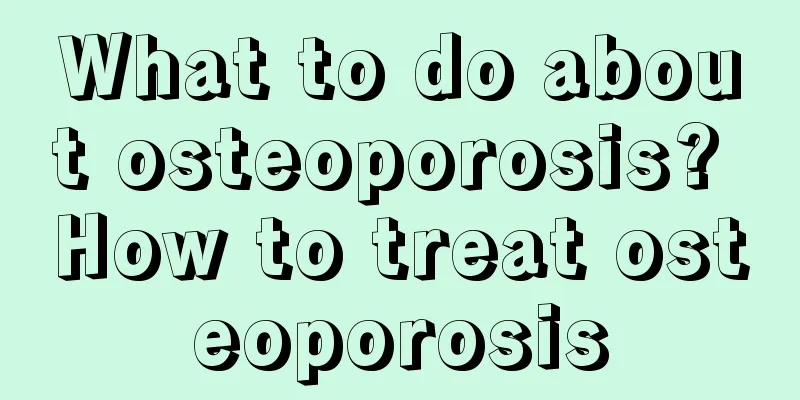What are the symptoms of gastrolithiasis?

|
The common symptoms of gastric stone disease are a lump in the upper abdomen, accompanied by varying degrees of pain, nausea, vomiting, and loss of appetite. Some patients may feel a large, hard, smooth, and freely movable lump in the upper abdomen. 1. Symptoms The nature of gastric stones is different, and therefore the degree of gastric irritation and the presence or absence of complications such as ulcers and obstruction also vary. Many cases can be asymptomatic for a long time. Typical symptoms include a lump in the upper abdomen, accompanied by varying degrees of pain, nausea, vomiting, loss of appetite, and weight loss. Generally, loss of appetite, upper abdominal tightness, emaciation and weight loss occur slowly, followed by nausea, vomiting, upper abdominal pain and other symptoms. The abdominal pain may be mild or severe. Some patients may experience constipation or diarrhea, bad breath, and a thick and greasy tongue coating. 2. Physical signs The most important sign is a large, hard, smooth, freely movable mass that can often be felt in the upper abdomen. 3. Pathological causes 1. Hairballs Hairballs made of hair are more common, accounting for about 55% of the cases of hairballs reported in the literature. 90% of this disease occurs in women, especially neurotic girls who often have the habit of biting and swallowing their hair and are most susceptible to this disease. The hair ball is mainly composed of a large number of hair of different lengths, and may also be mixed with wool, yarn, and plant fiber. Because it contains various food decomposition products, its color is mostly dark green or black, and often has an abnormal foul odor. 2. Plant balls are formed by the skins, seeds, leaves, roots and fibers of various plants, accounting for about 40% of hairy fecal stones. The most common ones are formed after eating persimmons, and some are formed by eating fibers such as coconut, celery and pumpkin. It is easiest to form plant balls after eating raw persimmons. This is because raw persimmons contain a large amount of persimmon tannic acid, which reacts with stomach acid to become a very sticky colloid, which can combine the plant's fiber, skin, seeds, etc. to form plant balls. |
<<: What food is most effective for children with constipation
>>: What are the hazards of formaldehyde and how to remove it?
Recommend
What are the early treatment methods for colorectal cancer
Colorectal cancer is a common malignant tumor in ...
Why does the right side of my tongue hurt?
Pain on the right side of the tongue is a relativ...
Chronic allergic otitis media can be treated with general treatment
As they age, many patients develop symptoms of ch...
What are the early symptoms of nasopharyngeal cancer that may appear in life
There are many patients with nasopharyngeal cance...
Causes of pain on both sides of the spine
Many people need to maintain a posture for a long...
Is frequent constipation a symptom of colon cancer? The difference between common constipation and colon cancer constipation
Is frequent constipation a symptom of colorectal ...
Side effects of Zanthoxylum bungeanum leaves
Sichuan peppercorns are an indispensable condimen...
Gastritis causes dull pain in the back and half of the chest
Stomach problems are mostly caused by bad living ...
What are the transmission routes of infectious diseases?
Infectious diseases are a disease that we are fam...
What to do if diarrhea doesn't stop with water
The reason why people suffer from diarrhea is due...
How is cervical cancer diagnosed? What are the ways to prevent cervical cancer
How should cervical cancer be checked? There are ...
The surgical treatment method for bone metastasis should be appropriate
Ms. Chen, 67 years old, had her right lung remove...
Several common types of athlete's foot
With the arrival of summer, people focus on sun p...
What is the soap recipe? The authoritative answer is here!
Soap is a daily chemical product that people ofte...
Do you know the effect of L-carnitine? Let’s take a look together
L-Carnitine is an amino acid that helps convert f...









